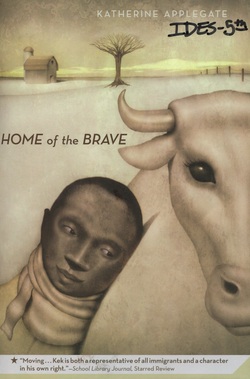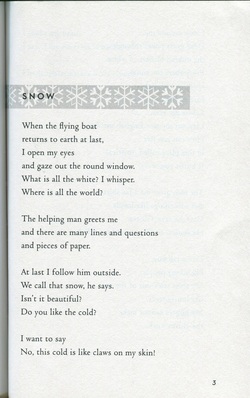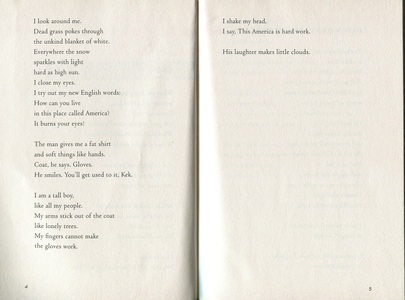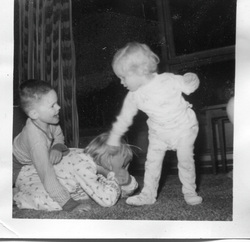September 27 2010
A good writer listens well and asks questions that will help him or her to understand and clarify. Here a couple of quotations that I try to live by:You are not really listening if you aren’t willing to be changed by what you hear. Listening requires us to do only that—one cannot truly listen and be doing something else at the same time. To often, we listen to our friends, teachers, family etc while doing something else, or while thinking about what WE WANT TO SAY. I am quite guilty of doing both. But I try, every day, to do this a little better. I am always amazed about how just listening to someone else encourages them to tell me more--and I get to learn more. Asking questions that show I've really been listening really makes the other person feel like they've been heard. In the months ahead, you'll use the same principles when reading a classmate's writing or when interviewing someone you don't know about their concerns. Empathic listening and questioning takes practice--so in class we did just that. First we read Fifth Grade Autobiography by Rita Dove. She describes a photograph in the poem. After the exercise, we talked about what happened. Some students said that when they were listening completely it was like they could see the photograph. Other students said that they'd never been listened to so attentively. Still other students said that it was hard work but fun. With Your Partner--
- Sit, directly facing each other
- Take turns speaking and listening
- Ask questions only during the question round
From your memory, describe a photograph that you really like from your own life. Give as many details as you can and say why you like the photo and how you feel about it.
The Speaker: Look directly at your partner. If you finish speaking before time is up, just sit quietly.
The Listener: While the speaker is talking, listen only. Don’t comment or ask questions. Look directly at your partner.
During the question round:
Listener--
1. Make sure you heard your partner right--
So, what I heard you saying is…
2. Ask a question of your partner that will get them to expand on what they said.
Do you think…
Do you feel…
Do you hope…
Speaker: Answer the questions as best you can.
Assignment: Find the photograph and bring it in to class. Write a paragraph about the picture—is it the same as you remembered? If not, why do you think that is? How is it different? How do you feel when you look at the picture now? Fifth Grade Autobiography by Rita Dove I was four in this photograph fishing
with my grandparents at a lake in Michigan.
My brother squats in poison ivy.
His Davy Crockett cap
sits squared on his head so the raccoon tail
flounces down the back of his sailor suit.
My grandfather sits to the far right
in a folding chair,
and I know his left hand is on
the tobacco in his pants pocket
because I used to wrap it for him
every Christmas. Grandmother's hips
bulge from the brush, she's leaning
into the ice chest, sun through the trees
printing her dress with soft
luminous paws.
I am staring jealously at my brother;
the day before he rode his first horse, alone.
I was strapped in a basket
behind my grandfather.
He smelled of lemons. He's died--
but I remember his hands.




 RSS Feed
RSS Feed